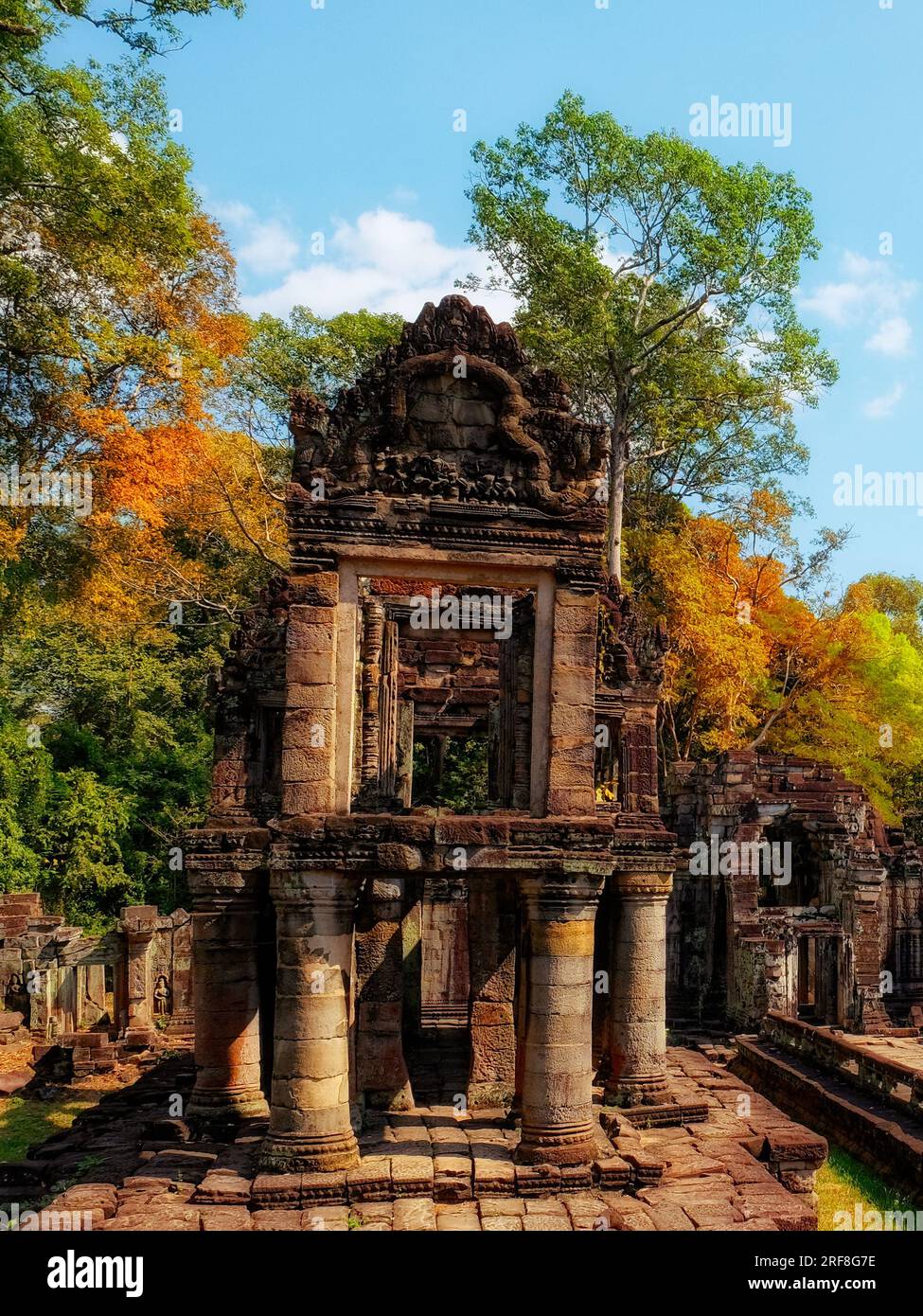During the Middle Ages, which spanned from the 5th to the 15th century, a significant development in art and architecture took place across Europe. This period marked the transition from the classical traditions of ancient Rome and Greece to a more religious-focused and symbolic artistic style.
Characteristics of Medieval Art
Medieval art is often characterized by its emphasis on spirituality, religious themes, and symbolism. The art created during this period served primarily as a means to express and communicate religious ideas to the largely illiterate population. This led to the dominance of religious iconography and symbolism in medieval artworks.
Furthermore, medieval art predominantly depicted biblical stories, saints, and religious figures, capturing the essence of Christian belief and doctrine. Artists used various mediums, including paintings, sculptures, stained glass windows, and illuminated manuscripts, to convey these religious narratives.

Credit: www.amazon.sg
Architectural Marvels of the Middle Ages
In addition to the artistic developments, the Middle Ages also witnessed remarkable advancements in architecture. The most notable architectural style of the time was Gothic architecture. Characterized by pointed arches, ribbed vaults, and flying buttresses, Gothic cathedrals and churches were grand structures designed to inspire awe and facilitate a connection with the divine.
Gothic architecture utilized innovative structural techniques, such as the extensive use of pointed arches to distribute weight evenly and the flying buttresses providing support and stability. These features allowed for the creation of massive, towering structures with intricate details, such as rose windows and elaborate sculptures, both inside and outside the buildings.
Impact of Medieval Art and Architecture
The impact of medieval art and architecture on subsequent artistic movements cannot be overstated. Gothic architecture, in particular, inspired architects and artists for centuries to come. Its influence can be seen in Renaissance, Baroque, and even modern architecture. The soaring spires, intricate stonework, and detailed sculptures created during the Middle Ages set the stage for the grandeur and complexity of later architectural masterpieces.
Additionally, the artistic techniques and styles developed during the Middle Ages continue to resonate in the art world today. The use of symbolism and religious narratives in art, although no longer as prevalent, still finds its place in contemporary art, while the intricate details and craftsmanship of medieval artists serve as a testament to the skill and dedication of those who came before.

Credit: www.penguintravel.com
Frequently Asked Questions On Medieval Art And Architecture: Unveiling Timeless Splendor
What Is Medieval Art And Architecture?
Medieval art and architecture refer to the artistic and architectural styles prevalent in Europe from the 5th to the 15th century. It encompasses various forms such as illuminated manuscripts, Gothic cathedrals, and religious sculptures.
Why Is Medieval Art And Architecture Significant?
Medieval art and architecture played a crucial role in shaping Europe’s cultural heritage. It reflected the religious beliefs, social structures, and political influences of the time. Additionally, it paved the way for architectural innovations that are still admired today.
How Did Medieval Art Influence Society?
Medieval art had a profound impact on society. It served as a means of religious expression, promoting devotion and piety among the masses. It also provided educational narratives through paintings and sculptures, contributing to the spread of knowledge and literacy.
What Are The Key Features Of Medieval Architecture?
Medieval architecture is characterized by its towering structures, intricate ornamentation, and pointed arches. Other distinguishing features include stained glass windows, ribbed vaults, and flying buttresses, all of which allowed for grandeur and stability in construction.
Conclusion
The medieval period witnessed a remarkable evolution in art and architecture. From the dominance of religious themes to the grandeur and innovation of Gothic architecture, this era produced some of the most iconic and enduring artistic marvels. The impact of medieval art and architecture can still be felt today, as it continues to shape and inspire artists in the modern world.
Guest Author Sakhawat-Shuvo wrote and edited this Article based on his best knowledge and understanding. These opinions and remarks are not endorsed or guaranteed by epichistoria.com or EpicHistoria. The Epic Historia does not guarantee this article’s content. Readers should verify and use their judgment before trusting the content. Also, the Images used in this Article are the copyright of their Respective Owners. Please use our Comment Box or Contact Us form to report this content. This information is not accountable for losses, injuries, or damages.


